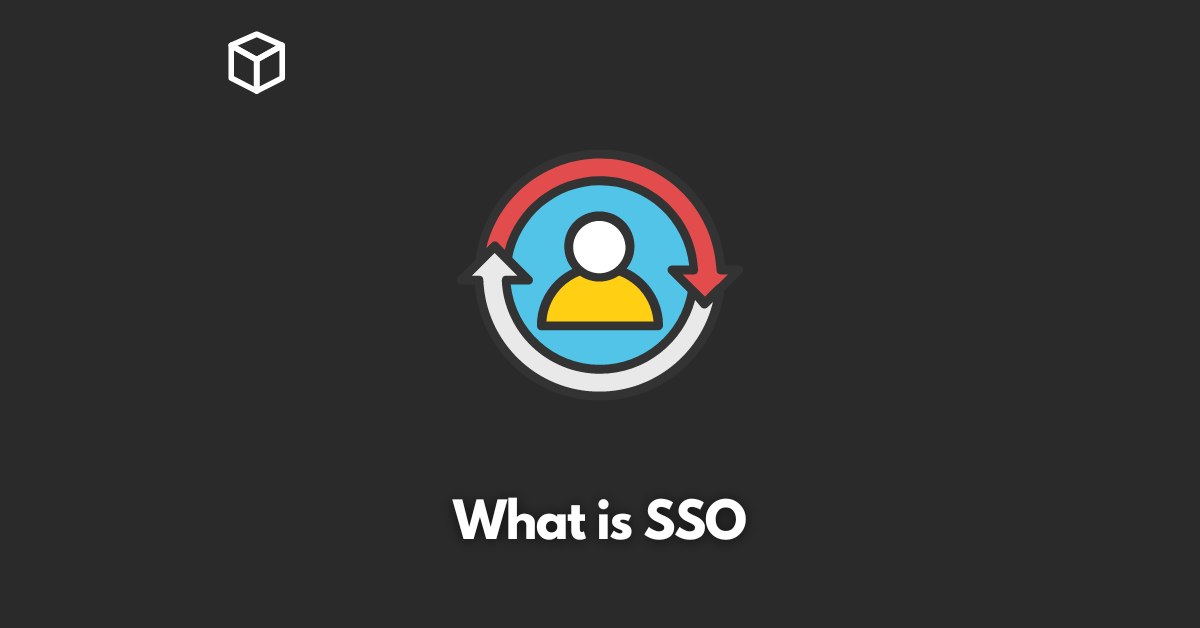Single Sign-On (SSO) is a method of authentication that allows users to access multiple applications with a single set of credentials, such as a username and password.
SSO simplifies the process of logging in to different applications, saving users time and improving their overall experience.
In this article, we will take a closer look at SSO, including its benefits, how it works, and best practices for implementation.
What is SSO
Single Sign-On, or SSO, is a process that allows users to log in to multiple applications with a single set of credentials.
Instead of remembering multiple usernames and passwords, users can use one set of login information to access multiple applications.
This can include both internal and external applications, such as email, CRM, and project management systems.
Benefits of SSO for Users and Organizations
The benefits of SSO are numerous for both users and organizations.
For users, SSO simplifies the login process, making it easier to access the applications they need.
This can lead to increased productivity and a better user experience.
For organizations, SSO can improve security by reducing the risk of password reuse and providing centralized control over user access.
Further, SSO can help organizations comply with regulations and industry standards.
How SSO Works
The SSO process is relatively straightforward.
When a user attempts to access an application, they are redirected to an SSO service.
The SSO service then authenticates the user and grants them access to the application.
Once the user is logged in, they can access other applications without having to log in again.
Types of SSO, such as SAML and OAuth
There are several different types of SSO, each with its own set of features and capabilities.
Two of the most popular types of SSO are SAML and OAuth. SAML is an XML-based standard for exchanging authentication and authorization data between applications.
OAuth, on the other hand, is an open standard for authorization that allows users to share their data with third-party applications.
SSO is typically implemented using cookies and tokens.
Cookies are small text files that are stored on a user’s device and contain information about the user’s session.
Tokens, on the other hand, are digital keys that are used to authenticate the user and grant them access to applications.
These tokens are typically sent to the application in the form of an HTTP header, and the application uses the token to verify the user’s identity.
Implementing SSO
Choosing an SSO solution
When it comes to implementing SSO, there are many different solutions to choose from.
Some solutions are cloud-based, while others are on-premises.
Some solutions are tailored to specific industries, while others are more general.
It’s important to choose a solution that meets your organization’s specific needs and requirements.
Integrating SSO with existing systems
Once you’ve chosen an SSO solution, the next step is to integrate it with your existing systems.
This can include your identity management system, your directory service, and your applications.
It’s important to work with a vendor that has experience integrating with your existing systems to ensure a smooth and successful implementation.
Best practices for SSO implementation
When implementing SSO, it’s important to follow best practices to ensure a smooth and successful implementation.
This can include testing your SSO solution, documenting your SSO implementation, and providing training to your users.
SSO and Security
Implementing SSO can greatly enhance security for an organization.
By having a central point of authentication, organizations can better control and monitor user access to applications.
Further, with SSO, users are less likely to reuse passwords, reducing the risk of a security breach.
SSO also allows organizations to enforce password policies and implement multi-factor authentication, further increasing security.
While SSO can greatly enhance security, it can also introduce new risks if not properly implemented.
One such risk is the possibility of a single point of failure, where a failure in the SSO system can prevent users from accessing any applications.
To mitigate this risk, organizations should consider implementing a redundant SSO system and regularly testing the system for vulnerabilities.
Further, organizations should ensure that their SSO solution is regularly updated to address any new security threats.
Compliance considerations for SSO
Many organizations are subject to regulations and industry standards that require specific security controls to be in place.
SSO can help organizations comply with these regulations by providing centralized control over user access and implementing security controls such as multi-factor authentication.
However, it is important to ensure that the chosen SSO solution is compliant with the relevant regulations and industry standards.
Conclusion
Single Sign-On (SSO) is a method of authentication that allows users to access multiple applications with a single set of credentials.
SSO simplifies the login process, improves security, and helps organizations comply with regulations and industry standards.
For organizations looking to implement SSO, there are many resources available to learn more about SSO.
This includes vendor documentation, industry whitepapers, and online forums.
Further, consulting with a vendor or industry expert can provide valuable insight and guidance for a successful SSO implementation.




